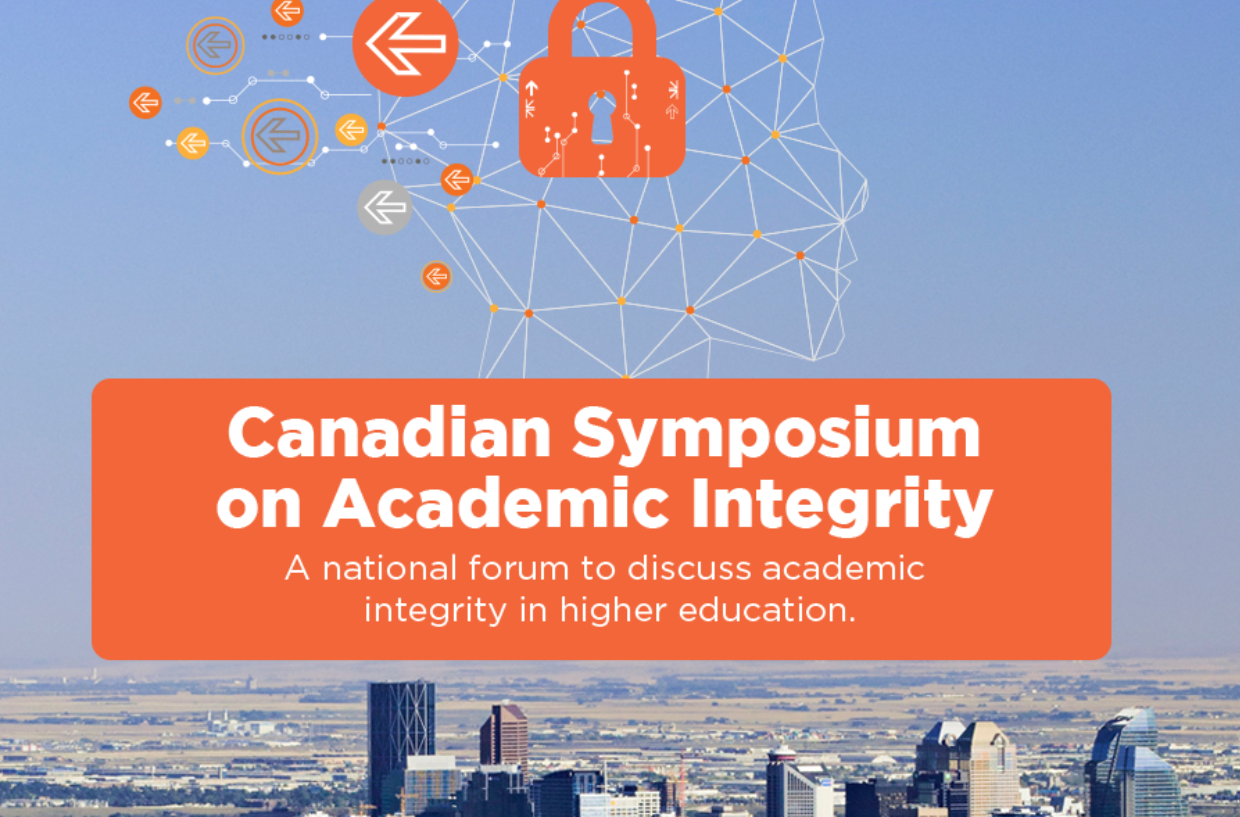My digital badge from Educause is integrated with my LinkedIn account. Who cares?
I had the chance to talk to the AB Deans of Business about microcredentials, which I then turned into a short article for MHC’s monthly, called The FAX.
Much has been made of micro-credentials, but are they the future, or are they just fantasy? In short, micro-credentialing is a way to recognize competencies or skills acquired through a wide variety of learning experiences, including international experiences, community-service learning projects, and short courses. The micro-credential is often represented by a digital badge, or an icon that includes metadata on who issued the badge, when it was issued, and the criteria and/or evidence for earning the credential. A user can share the micro-credential as part of an integrated method for demonstrating their learning in ways beyond just formal coursework and the transcript (Taylor Institute for Teaching and Learning, 2017).
Microcredentials and digital badges are easy enough to create, but the big question is who values them?
The opportunity exists for badges to find their place in postsecondary education, but just because you can develop a digital badge or microcredential, that does not mean it has any value. The value may come from the ability to break learning down into chunks, or providing some evidence of skills that are harder to demonstrate, such as communication skills. Even though claims of change are rampant, microcredentials have not yet had much impact.
As Dianne Conrad and I wrote in our book (Conrad & Openo, 2018), my favorite example of the successful deployment of micro-credentials comes from a hands-on undergraduate chemistry course. Students earned badges in the proper use of lab equipment. In the videos that learners submitted for assessment, students stated their names, showed their face and hands, and then did a task, such as performing a close-up shot of a calibration mark on lab equipment. Mid-semester examinations on how to use the equipment demonstrated that between 74% and 95% of students who received their laboratory badges answered laboratory use questions correctly. At the same time, the department saved $3,200 in equipment costs—two very different ways to prove that students had more effectively mastered the learning outcomes of safely and effectively using lab equipment.
What is the lesson here? As the use of digital badges increases, it may become clear when and where they are most effective in influencing student engagement and motivation. It’s unlikely that badges are going to replace the parchment any time soon, but perhaps there are specific cases (new graduates, evidence of soft skills, or experiential learning opportunities) where micro-credentials make sense (Selingo, 2017).
Casilli and Hickey (2016) put forth two strong arguments indicating that badges might become a more prominent feature on the assessment landscape. The first is that digital badges provide an opportunity for schools to generate more claims of student learning, with more evidence to support those claims. Secondly, digital badges increase the transparency of assessment practice, and through the transparency of badges—which includes metadata, assessments, and artifacts—it is possible that the importance of conventional forms of recording learner performance, for example, transcripts, where there is no supporting evidence of student learning, may diminish. Or a blockchain verified transcript might be enhanced through the integration of the transcript, attendant micro-credentials, and evidence of learning from a student’s e-portfolio.
Maybe. Maybe not. Micro-credentialing is not a new idea, but there are some new approaches emerging. Wilfrid Laurier is now using a tracking tool to capture students’ experiential learning experiences, and the University of Alberta awards a Community-Service Learning Certificate as part of a student’s co-curricular record. These are good examples, but significant challenges remain.
First off, micro-credentials haven’t gained acceptance in work or academic worlds, so they need to evolve and mature (Harvey, 2017). Plus, not all degrees are created equal. Sometimes, institutional prestige determines the signal value of the parchment. In areas where you need a specific credential to practice (Registered Nurse, for example), micro-credentials won’t do you a lot of good (Duque, 2018). And a remaining problem is coming up with rigorous and reliable measure that someone has achieved the competency specified for the badge (Greene, 2019). This takes us back to perennial problem of assessment in general; what proof do we have that learners have actually acquired any of the knowledge, skills, or values we claimed they have?
So here is my not so bold prediction: some institutions are going to continue to play and experiment with micro-credentials because of increasing pressure on postsecondary institutions to provide evidence of learning, which will increasingly be tied to funding and performance-based outcomes. They will also continue to play and experiment with micro-credentials as a new business model. Incredibly prestigious and well-resourced universities (Cambridge, Harvard, and MIT) are all working to figure how achieve scalable modularity, and I suspect someone will eventually figure out a model that works. Arizona State University’s Global Freshman University (a micro-Bachelors) failed, but it might end up being a failure in the right direction.
References
Casilli, C., & Hickey, D. (2016). Transcending conventional credentialing and assessment paradigms with information-rich digital badges. Information Society, 32(2), 117–129. doi:10.1080/01972243.2016.1130500
Conrad, D., & Openo, J. (in press). Assessment strategies for online contexts: Engagement and authenticity. Edmonton, AB: Athabasca University Press.
Duque, C. T. (2018, September 21). No one has figured out successful, sustainable microcredentialing. LMS Pulse. Retrieved from https://www.lmspulse.com/2018/no-one-has-figured-out-succesful-sustainable-microcredentialing/
Greene, P. (2019, February 16). Education micro-credentials 101: Why do we need badges? Forbes. Retrieved from https://www.forbes.com/sites/petergreene/2019/02/16/education-micro-credentials-101-why-do-we-need-badges/#30b808424190
Harvey, D. (2017, November 12). Micro-credentials: Fad or skills training disruption? LinkedIn. Retrieved from https://www.linkedin.com/pulse/micro-credentials-fad-skills-training-disruption-david-harvey/
Selingo, J. J. (2017). The Future of the Degree: How Colleges Can Survive the New Credential Economy. Washington, DC: The Chronicle of Higher Education.
Taylor Institute for Teaching and Learning. (2017). UCalgary badges. Retrieved from https://badges.ucalgary.ca/.







